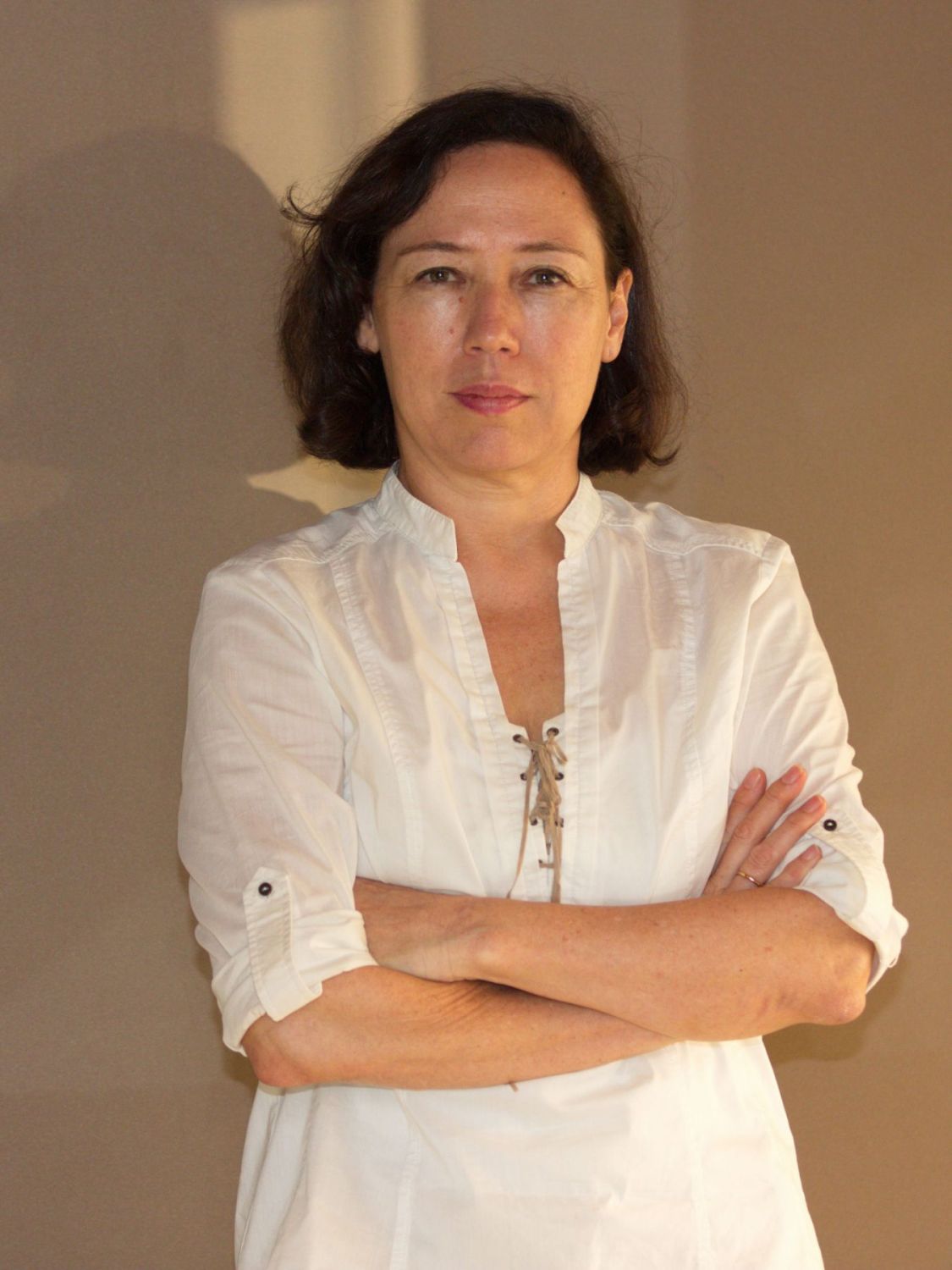Tatler speaks to the team from Hijjas Architects and Partners who designed and built the sustainable Malaysia pavilion.
Dubai Expo 2020 opened its doors in October last year, and while the challenges of pandemic caused its delay by a year, the themes of many of the pavilions which centre around sustainability has never seemed more urgent and relevant.
Malaysia's entry was designed by Hijjas Architects & Planners who had the honour of designing the Malaysia pavilion in Milan six years prior. Themed 'Energising Sustainability', the team led by Serina Hijjas herself built the Expo's only net zero pavilion.
We speak to Serina, Lim Chiun Wee (associate) and Teh Deryan (architect) about their tropical vernacular inspired design and what it was like building in the pandemic.
See also: Dubai Expo 2020: Bulgari Celebrates Italian Fashion with Larger-Than-Life Exhibition

Dubai EXPO 2020’s overall theme was 'Connecting minds and creating the future'. Did the Malaysian team take inspiration from this?
Serina Hijjas (SH): When the client, Malaysian Green Tech, held an ideas competition, they came with their own theme but in conjunction with Dubai Expo’s theme, the overarching theme has been one of sustainability,
The Malaysian government came up with its own theme of 'Energising Sustainability'. We took that and ran with that. It’s quite unusual for the architect to do both the architecture and exhibition as we had done both for the Malaysia pavilions. But we felt that the story we tell inside must reflect the story of the building itself. So it works from inside out and outside in if you like
Don't miss: Malaysian Architect Serina Hijjas Discusses Legacy And Sustainability








